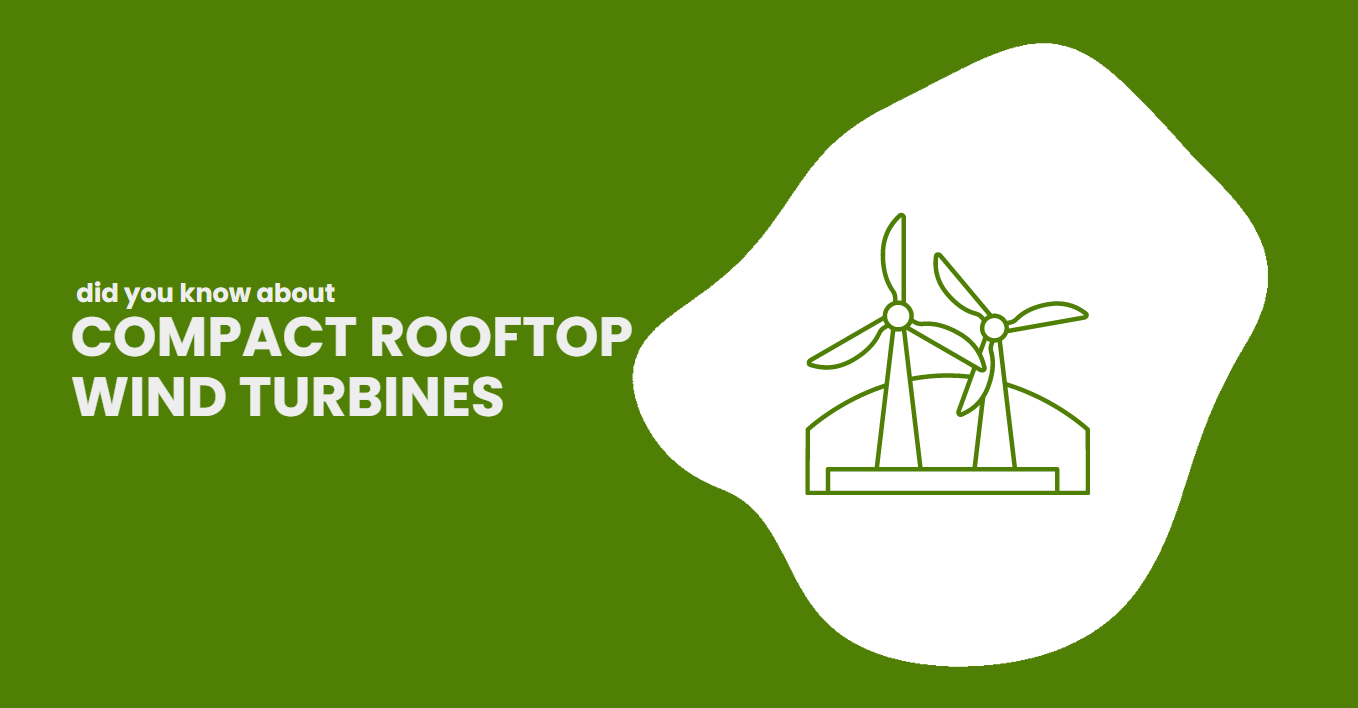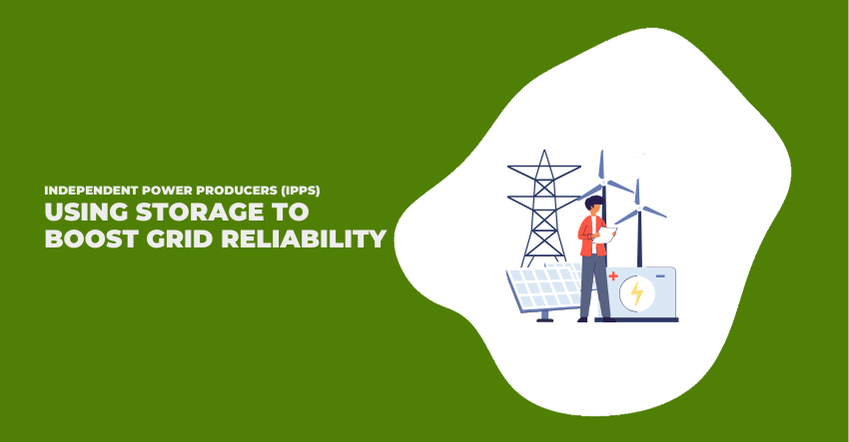Did you know wind turbines can be designed to fit on rooftops?
They pack major power generation in only 3 by 3 meters.
Compact rooftop wind turbines are designed to sit on the edge of a roof.
Big Bonus: their compact size makes squeezing them alongside solar panels on a rooftop installation possible!
Previously, incorporating wind power into a busy urban environment was challenging.
To get an idea of the stark difference in size, the average wind turbine measures 128 meters across.
Cities typically do not offer large spaces to develop as green areas. Rooftops are abundant, though, and luckily there are many options available.
Setbacks to Compact Wind Turbine Development
Companies who have designed smaller rooftop turbines in the past discovered negative consequences during their trial phases. Older models of rooftop wind turbines were noisy and endangered birds.
Latest Innovations to Rooftop Wind Turbines
The latest model of a compact rooftop turbine, designed by Aeromine, is quiet and has measures in place to protect birds and other wildlife. They feature a no-naked blade design that keeps animals and birds from getting hurt.
This technology will enable urban settings to utilize mixed solar and wind systems that would be capable of generating ample energy, even on overcast days and through the night!
It would be the best of both worlds.
Where are we in the innovation process?
At the moment, the technology is still a prototype.
Projections show that compact rooftop wind turbines could be up to 50% cheaper than solar panels when made at scale. If used in tandem with solar, this could significantly bring down the total cost of the installation while generating more clean energy.
A start-up in France, Uneole, has combined a photovoltaic rooftop panel with 2 compact wind turbines. The result was increasing the energy generation of an ordinary rooftop solar panel by 40 percent!
This technology could be a fantastic way to speed up clean energy adoption in cities, with an affordable option capable of generating much power around the clock.
How else can we transition to urban rooftops?
Another great option for urban spaces is developing more green rooftops.
Green rooftops effectively reduce heat and promote biodiversity in cities.
According to a showcase in the Dutch city of Rotterdam, which has heavily adopted green rooftops, the initiative can lower citywide ambient temperatures by 5 degrees Fahrenheit. In addition, green rooftops can reduce a building’s energy usage by up to 0.7%, according to research studies.
Urban planners need to be thoughtful when considering where and how many green rooftops to deploy in a city in order to strategically take advantage of heat mitigation while ensuring there are no adverse impacts to airflow that could otherwise affect air quality.
What do green rooftops look like?
Green roofs can take many forms, from lush gardens to potted plants, urban farms, mini forests, wildflower meadows, and pollinator havens. Urban farms, popular in Singapore and Cairo, have the added benefit of supplying fruit and vegetables to building inhabitants. Some buildings also elect to donate the produce to local shelters.
Another advantage of green rooftops is that they can engage the community by encouraging participation to help maintain the green space while mitigating the impacts of urban heat.
They can bring people together, spending time outdoors and positively impacting their communities.




